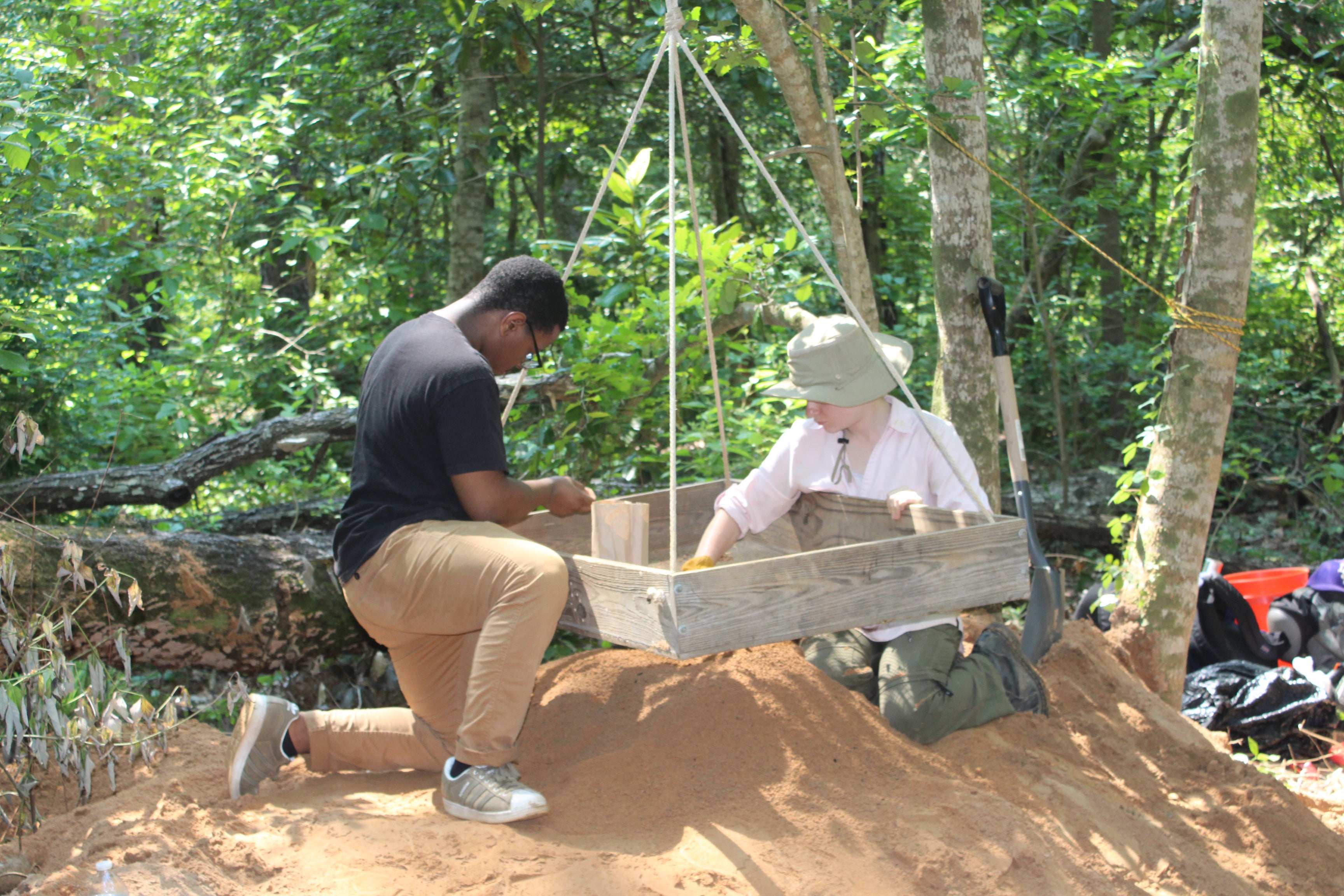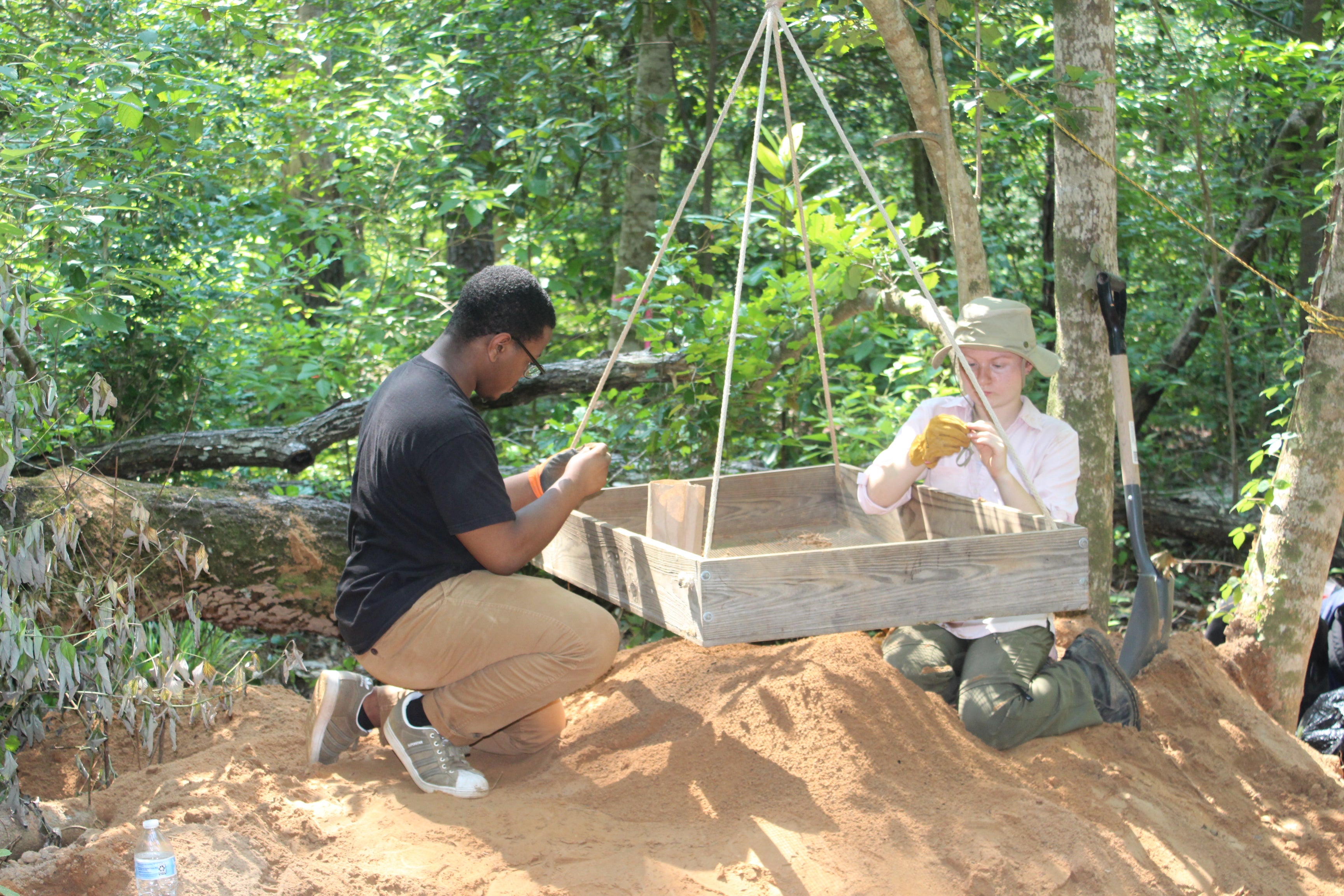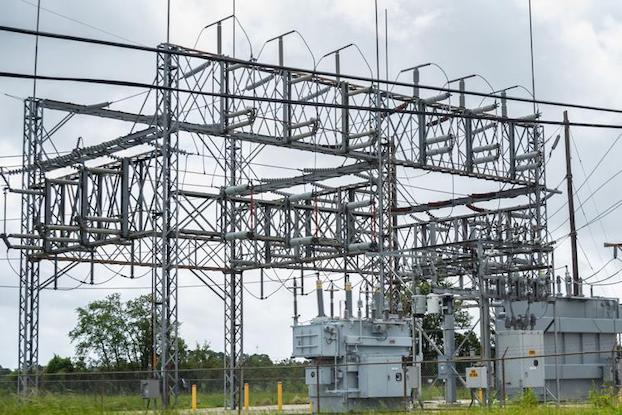As Hurricane Laura uprooted trees in Kisatchie, it also unearthed ancient artifacts
Published 4:46 pm Friday, June 9, 2023
Digging 10 millimeters at a time, a team of archeologists are uncovering artifacts dating back 12,000 years at an undisclosed location in Kisatchie National Forest.
Twenty years ago, the site was a part of a larger scale survey 100 acres — comprising smaller probes throughout the forest, said Matt Helmer, forest archeologist for Kisatchie National Forest.
These sites were disrupted with the landfall of Hurricane Laura, and subsequent illegal looting activity.
The winds of Laura uprooted acres of trees in Kisatchie. As the root balls were ripped from the soil, ancient remains were unearthed.
Looters took note and began illegally digging, as unauthorized excavation on public land is a federal crime.
The activity not only damages the artifacts, but also steals possible new discoveries. “When someone comes out here to get a little collection of these points, they destroy all that information for all of you and for us forever,” said Dr. Erland Johnson, project director, University of Louisiana Lafayette.
“It’s like pulling pages out of a book. These peoples didn’t have writing systems, so archeology is the only way that we can write the history of the people that came before the Europeans,” Helmer said. “Between the hurricane damage and the looting that was going on at this site, we said we’ve got to do some sort of archaeological excavation and salvage to understand what’s here before its completely lost.”
The history books will be happy they did. The site contains pre-European material older than Poverty Point (as far back as the Ice Age), and archeologists believe they may have found evidence that will change the understanding of settlements in pre-European Louisiana.
What they discovered were circular stains in the soil, which are hypothesized to be left from the posts of a structure hundreds of years ago. These stains are left by the wood during decomposition. “That is something a looter probably wouldn’t find interesting at all, but it changes our understanding.”
“Nobody previously working here, despite the huge amount of work … nobody else has found these post holes,” Johnson said. “In fact, most people thought that people were exclusively hunting and camping and moving through here.”
The widely-accepted theory was that people populating this area of Louisiana were hunter-gatherers, migrating from spot to spot instead of creating settlements.
Signs of continuous civilization are rare in Louisiana. Most signs of indigenous civilizations in Louisiana are found in the Mississippi River and Red River valleys. “That’s why this was really special to us, is that we found evidence of potentially much larger village sites for people that were living out here on the frontier,” Helmer said.
The site would have been a sensible place to settle as it is near Drakes Creek, on a terrace that doesn’t flood and has vibrant wildlife.
The findings date back so far that it is nearly impossible to pinpoint exactly which indigenous peoples settled at the site, but they were likely ancestors of the Choctaw and Coushatta tribes, Helmer said.
“We’re many different peoples over the span of 10 to 12 thousand years. Whatever they would have called themselves, or what culture they were a part of, most of that has been lost to time.”
Some of the items that have been found include dartpoints, projectiles and arrowheads, in addition to remnants of tool production. He said that finding artifacts in Louisiana is a difficult task, due to the acidity in the soil and humidity in the air that degrade material at a faster rate. “It makes it a more difficult puzzle to put together.”
The site is one of 6,000 archaeological sites across 6,500 acres of forest that have been documented in Louisiana, and is less than 1 percent of what has been excavated.
For Helmer, this is prime time to gain a greater understanding of the state’s history. “It’s just enough so we can better understand the peoples that were here up to the present day, to be able to tell the stories of these people and then move into a preservation phase. This is Louisiana’s heritage…It didn’t start with the French or any Europeans or Creoles. I think we should be proud of that and understand more about it.”
After excavation, Johnson and his team will take the recovered material and analyze them in a lab setting before releasing a comprehensive report for the public.
“One of our big goals is to put out information to the public so that there is more awareness, so when you come to places like Kisatchie, you can understand a little more about the deep time,” Helmer said.








